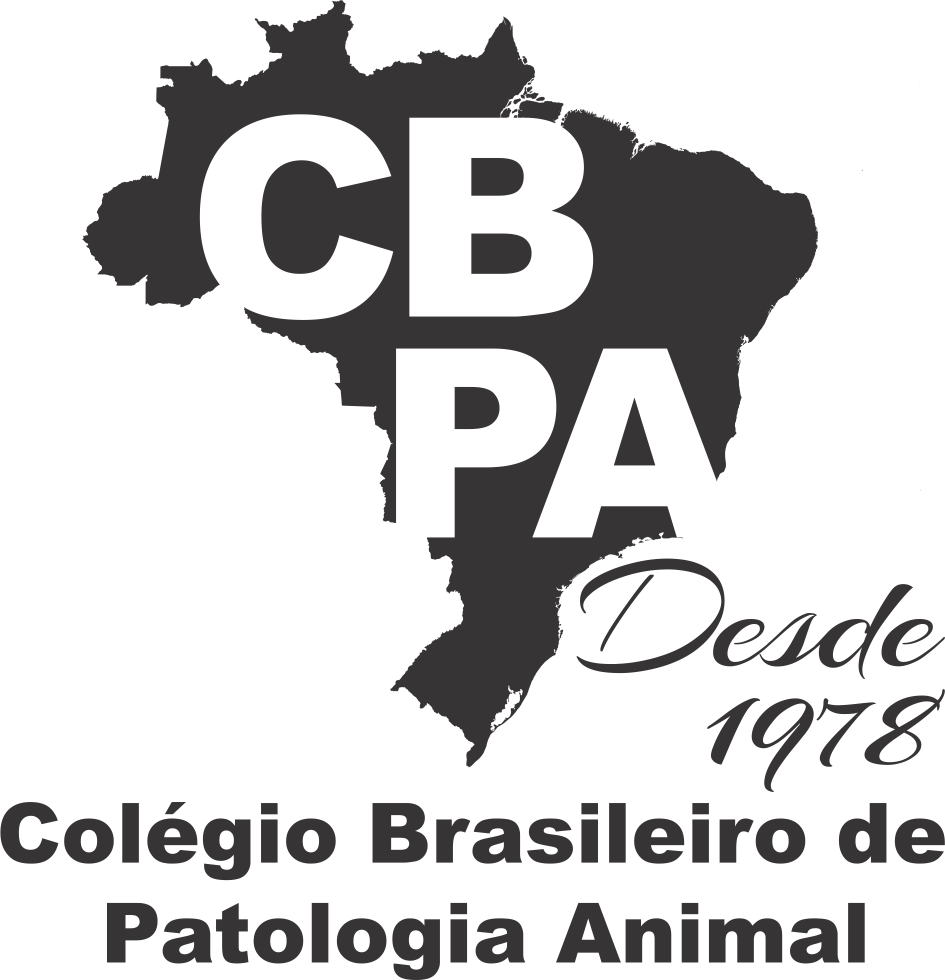Resultado da pesquisa (1)
Termo utilizado na pesquisa FeHV-1
#1 - High occurrence of felid alphaherpesvirus 1 and feline calicivirus in domestic cats from southern Brazil
Abstract in English:
Felid alphaherpesvirus 1 (FeHV-1) and feline calicivirus (FCV) affect cats worldwide. The aim of this study was to evaluate the frequency of occurrence of FeHV-1 and FCV in cats with clinical signs of respiratory, oral and/or ocular disease. Samples were collected from cats cared for in veterinary ambulatory and clinics and submitted to molecular detection and viral isolation. Of the 49 cats evaluated, 45 (92%) were positive for at least one of the viruses; 82% (40/49) were positive for FeHV-1 and 41% (20/49) for FCV. Of these, 31% (15/49) were coinfection cases. For FeHV-1, 45% (18/40) of the cats tested were positive from the collection of eye swab, and the same percentage (9/20) was obtained for the FCV by the oral swab. FeHV-1 and/or FCV were isolated in 35% (17/49) of the samples. The main clinical sign observed was ocular secretion in 71% (35/49) of cats, characterized as mild serous, purulent or serosanguineous, and in some cases associated with ocular injury and marked chemosis. Our findings demonstrate the high occurrence of FeHV-1 and FCV in domestic cats in southern Brazil and indicate that measures should be implemented to improve the diagnostic, prevention and management against of these important diseases.
Abstract in Portuguese:
Alphaherpesvírus felídeo 1 (FeHV-1) e calicivírus felino (FCV) afetam gatos mundialmente. O objetivo deste estudo foi identificar a frequência de ocorrência de FeHV-1 e FCV em gatos com sinais clínicos de doença respiratória, oral e/ou ocular. Amostras foram coletadas de gatos atendidos em ambulatório e clínicas veterinárias e submetidas à detecção molecular e isolamento viral. Dos 49 gatos avaliados, 45 (92%) foram positivos para ao menos um dos vírus; 82% (40/49) foram positivos para o FeHV-1 e 41% (20/49) para o FCV. Destes, 31% (15/49) foram casos de coinfecção. Para o FeHV-1, 45% (18/40) dos gatos foram positivos na coleta do swab ocular, e o mesmo percentual (9/20) foi obtido para o FCV a partir do swab oral. FeHV-1 e/ou FCV foram isolados em 35% (17/49) das amostras. O principal sinal clínico observado foi secreção ocular em 71% (35/49) dos gatos, caracterizada como serosa, purulenta ou serossanguinolenta e, em alguns casos, associada à lesão e quemose. Nossos resultados demonstram a alta ocorrência de FeHV-1 e FCV em gatos domésticos na região Sul do Brasil e indicam que devem ser implementadas medidas para melhorar o diagnóstico, a prevenção e o manejo contra essas importantes doenças.








